I do component-level repair of tablet mainboards, and I have seen this puzzling situation on two different models of Samsung tablet mainboards so far (SM-T210, SM-T818A). There are ceramic chip capacitors on the PCB that are clearly connected to the ground plane on both ends. Resistance checks confirm, plus it's pretty obvious just looking at them.
 SM-T210 -- This looks like signal conditioning of some sort. It's on the reverse side of the PCB from the SD slot but SD uses more than two signal lines so I dunno.
SM-T210 -- This looks like signal conditioning of some sort. It's on the reverse side of the PCB from the SD slot but SD uses more than two signal lines so I dunno.
 SM-T210 -- This is on the reverse side of the PCB from the USB commutator IC. It's right next to the battery connector.
SM-T210 -- This is on the reverse side of the PCB from the USB commutator IC. It's right next to the battery connector.
 SM-T818A -- This is the AMOLED power supply. The mystery cap is actually located at the edge of an EMI shield (removed for the photo) and the shield frame had to include a cut to clear the cap. So they went to some trouble to have the cap right here.
SM-T818A -- This is the AMOLED power supply. The mystery cap is actually located at the edge of an EMI shield (removed for the photo) and the shield frame had to include a cut to clear the cap. So they went to some trouble to have the cap right here.
The only scenario I can come up with is that during Capture the design engineer placed a bunch of caps for eventual use, but connected both ends to ground so the DRC module wouldn't complain about floating pins. Then they ended up not using them all but didn't delete the extras from the design. The design gets sent to a Layout engineer, who simply places and routes the design they've been given.
I'm willing to allow for somebody doing something so intelligent and wise that it's beyond my ken (filtering terahertz-band noise from the ground plane?), but I don't think this is an example of that*.
*Of course, that's exactly what I'd say if it was an example of that.
